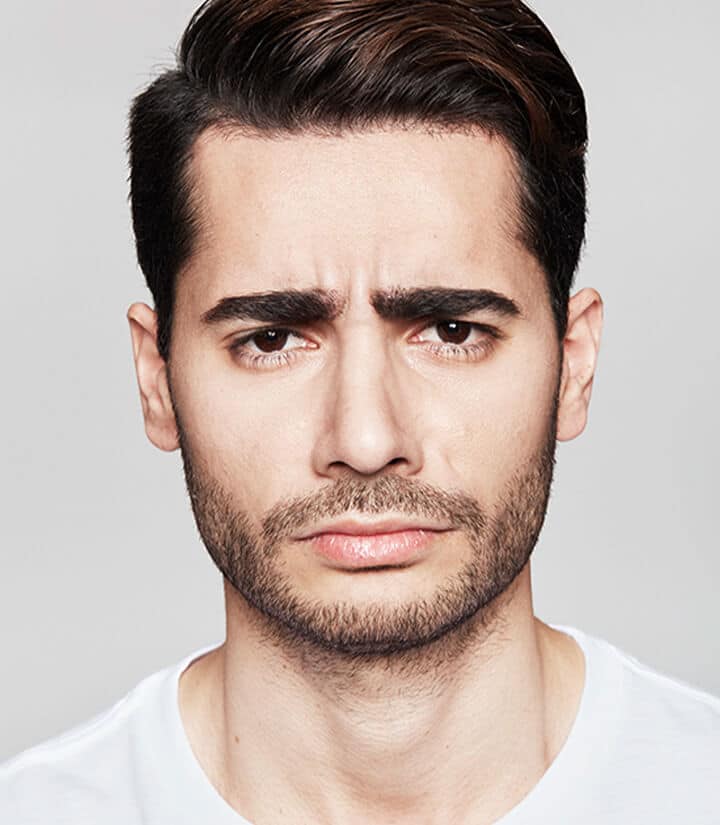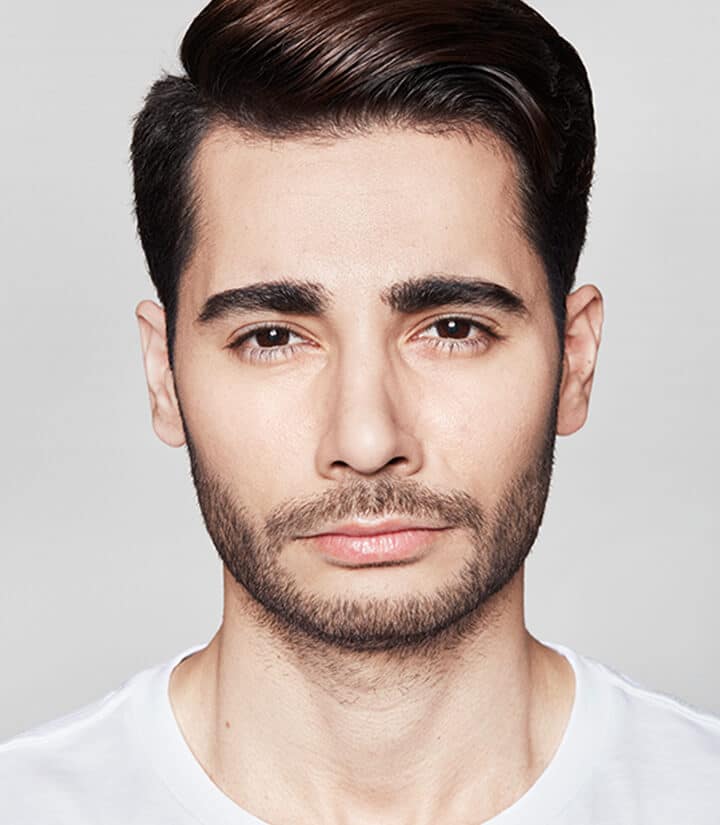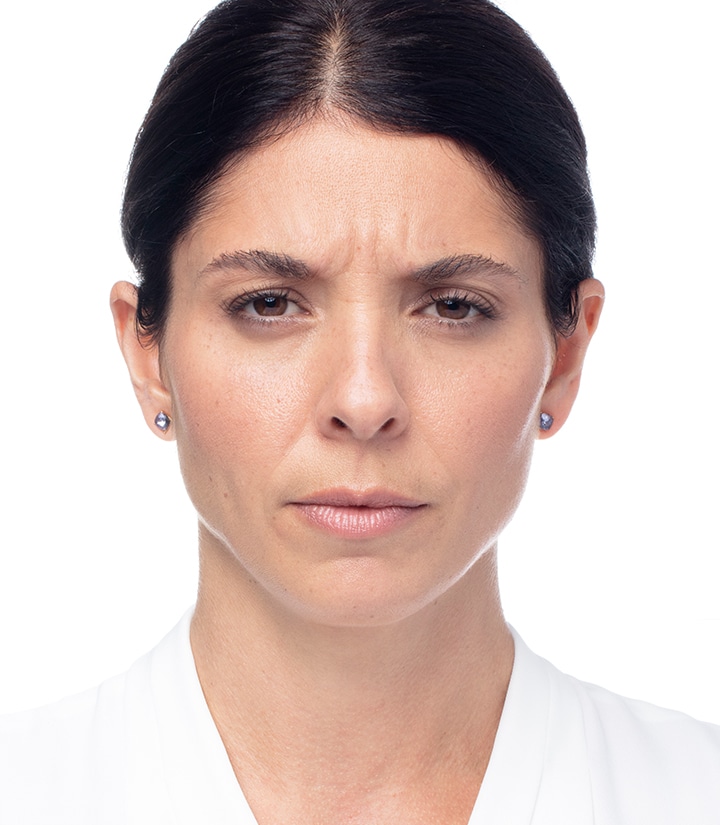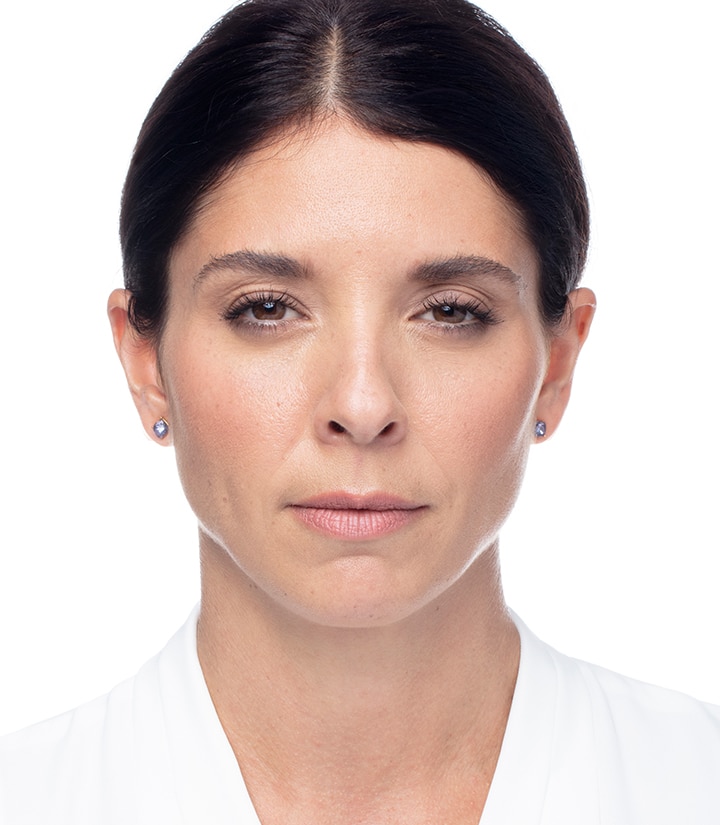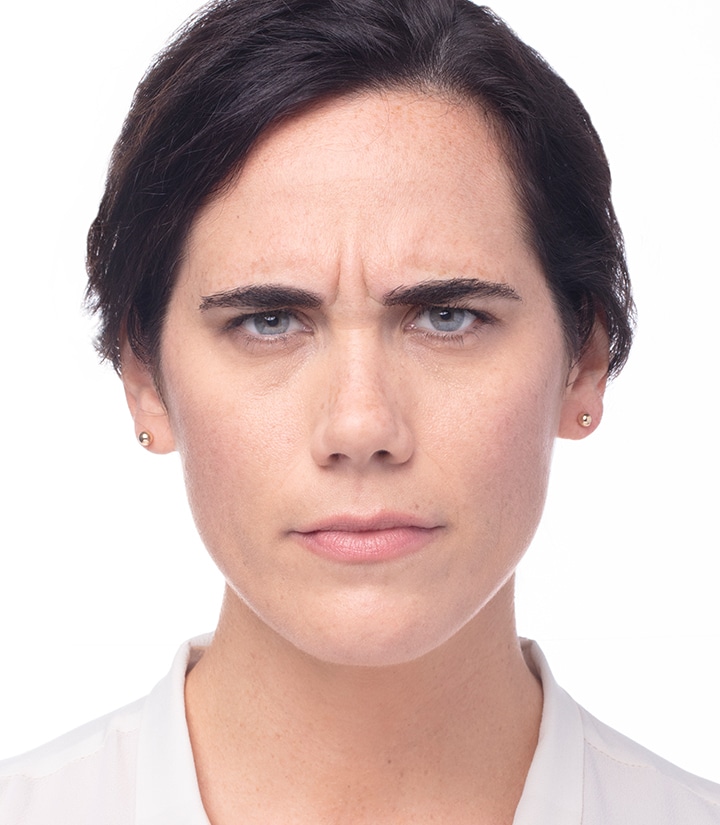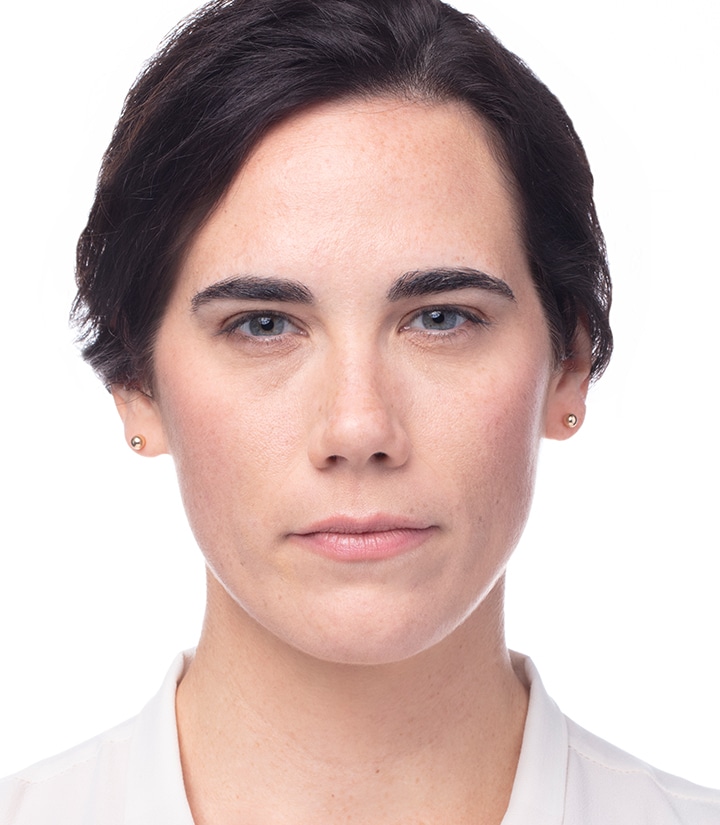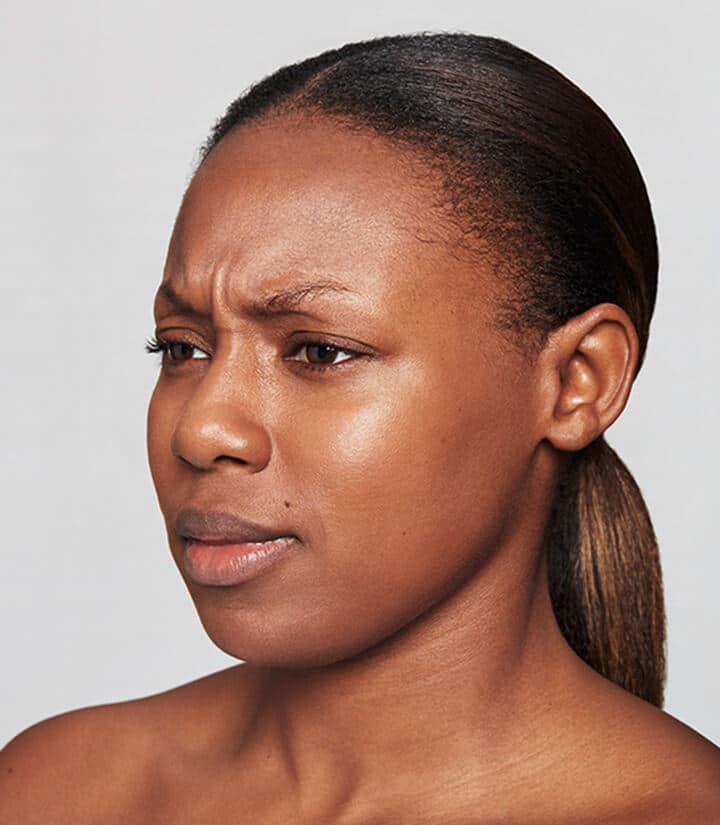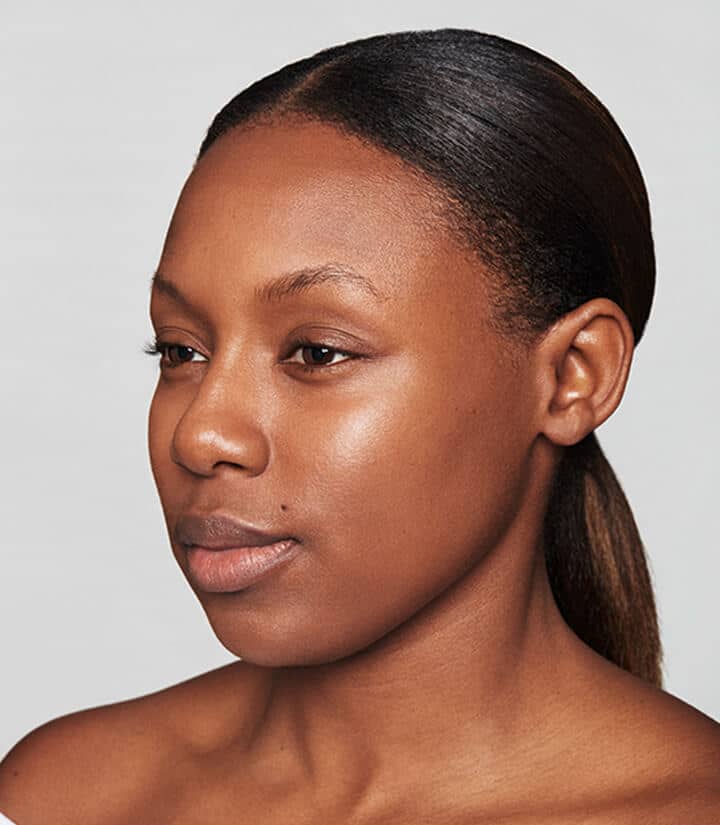Evolutions Medical & Day Spa
Best Botox® in Santa Barbara
Botox® (medically known as botulinum toxin type A) is a natural, purified protein used to treat overactive muscles and sweat glands. Botox® was first used in the late 1980s to treat optic muscle disorders such as “lazy eye.®”
Botox® is now FDA-approved to treat wrinkles and hyperhidrosis (excessive sweating).
How are Botox® and Dysport similar and different?
- Both Dysport and Botox® are forms of botulinum toxin type A
- Both products have been used in Europe for almost 20 years to treat certain types of muscle disorders
- Botox® received FDA approval for cosmetic use in the United States in 2002. Dysport recently received FDA approval
- Both products are safe and effective in the treatment of wrinkles on the face
- Dysport is a smaller molecule, so the units are different than Botox® (i.e., 20 units of Botox® equal 60 units of Dysport)
- Dysport works faster (in only 1-3 days vs. 4-7 for Botox®) and has FDA approval for a four-month duration (vs. 3-4 months for Botox®)
- Dysport is a better value per unit than Botox®
Absolutely, as long as you receive true Botox® (made exclusively by Allergan Inc) and have it administered by a well-trained clinician. In fact, because Botox® is such a safe, quick (the procedure usually takes only 10-15 minutes), easy, effective, and relatively affordable treatment, it is now easily the most popular medical cosmetic procedure in the country. According to the American Society of Plastic Surgeons, in 2007 there were roughly 4.6 million Botox® procedures performed in the United States alone. That is more than 12,600 procedures every day, or roughly 1 every 7 seconds!
Botox® treats overactive muscles by blocking the signals that tell those muscles to contract. This can be done partially or totally, depending on the desired effect. The effects of Botox® are temporary and typically last between 3-4 months.
Typically not, though the most common side effect is minor bruising in the treated area. For a full list of potential side effects, you should have a consultation and review an informed consent form.
Yes, Botox® is a highly effective treatment to smooth wrinkles and drastically reduce (typically by 90% or more) excessive sweating. Photo courtesy of BotoxCosmetic.com
If your Botox® treatment is administered properly by a highly-trained clinician, you will still be able to make expressions. Depending on the area treated, it may be appropriate to only weaken the muscle movement. You can discuss this with your clinician prior to treatment. The vast majority of clients are extremely happy with the results of a Botox® treatment. The most common comment made by friends and family of clients after receiving Botox® is that they appear to be more “rested.”
Botox® is injected with a small needle in tiny amounts to specific areas. Botox® is usually sold to clients by the unit. The number of units necessary for an effective treatment varies, both by the individual and the area treated. Men usually need a few more units than women to achieve the same effect. At Evolutions, it is common to use 20-24 units of Botox® for the glabellar region (the frown lines), 10-14 units of Botox® for the forehead, and 10-14 units of Botox® for the peri-orbital area (“crow’s feet”®). If you have had a Botox® in any of these areas and have received significantly more units, you may have received more Botox® than is necessary for an effective treatment.
For wrinkle treatments, the effects of Botox® typically last 3-4 months. However, with repeated treatments, the effects may last up to 6 months. When treating excessive sweating, results normally last 6 or more months.
Though both are commonly used to treat wrinkles, Botox® treats the cause of the wrinkle (the overactive muscle) whereas dermal fillers are used to treat the symptom (the wrinkle itself). Often times both Botox® and dermal fillers can be used in conjunction with each other to improve the overall result.
Botox and Dysport are both sold in “units”. It is important to note that since Dysport is a smaller molecule than Botox and therefore the units are different (20 units of Botox equals 60 units of Dysport). At Evolutions, it is common to use 20-24 units of Botox for the glabellar region (frown lines), 8-12 units of Botox for the forehead, and 10-14 units of Botox for the peri-orbital area (“crow’s feet”). Dermal fillers are used to improve facial contours and wrinkles. Dermal fillers are sold by the syringe. The number of syringes needed for correction depends upon the area(s) being treated and the depth/number of wrinkles. To determine which products to use and how much it would cost you, we recommend coming in for a consultation – always complimentary – prior to treatment.
He was selected to be one of only 16 physicians in the United States to evaluate Botox® in the FDA study that led to its approval for cosmetic uses. Dr. Perkins has performed thousands of Botox® injections and has pioneered the threading technique for maximum effectiveness. Furthermore, all of the injecting clinicians at Evolutions have been personally and extensively trained by Dr. Perkins on facial anatomy, Botox® theory, optimal injection locations/techniques, and practical application.
Absolutely, as long as you receive true Botox® (made exclusively by Allergan Inc) and have it administered by a well-trained clinician. In fact, because Botox® is such a safe, quick (the procedure usually takes only 10-15 minutes), easy, effective, and relatively affordable treatment, it is now easily the most popular medical cosmetic procedure in the country. According to the American Society of Plastic Surgeons, in 2007 there were roughly 4.6 million Botox® procedures performed in the United States alone. That is more than 12,600 procedures every day, or roughly 1 every 7 seconds!
Botox® treats overactive muscles by blocking the signals that tell those muscles to contract. This can be done partially or totally, depending on the desired effect. The effects of Botox® are temporary and typically last between 3-4 months.
Typically not, though the most common side effect is minor bruising in the treated area. For a full list of potential side effects, you should have a consultation and review an informed consent form.
Yes, Botox® is a highly effective treatment to smooth wrinkles and drastically reduce (typically by 90% or more) excessive sweating. Photo courtesy of BotoxCosmetic.com
Yes, Botox® has been clinically demonstrated up to 5 months. 1-3*
In 3 clinical studies of people whose between the brow frown lines were rated “moderate” or “severe” by a specialist before their treatment with Botox 4*:
30 days after treatment, a majority of Botox® users† (55%, 52% and 60% in each of the 3 studies vs. 0% of users treated with placebo) and their specialists both thought their frown lines improved by at least 2 grades to a rating of “none” or “mild” at maximum frown.
30 days after treatment, the majority of Botox® users (88%, 85% and 86% in each of the 3 studies vs. 4%, 4% and 0%, respectively, of users treated with placebo) had their frown lines rated by a specialist as “none” or “mild” with at least a 1-grade improvement at maximum frown.
30 days after treatment, the majority of Botox® users (74%, 79% and 82% in each of the 3 studies vs. 9%, 1% and 2%, respectively, of users treated with placebo) rated their own frown lines as “none” or “mild” with at least a 1-grade improvement at maximum frown.
Botox® is used in 69 countries around the world. 5*
Ask your specialist if prescription Botox is right for you.
Botox® may not be right for you if: you have surgical changes to your face, very weak muscles in the treatment area, your face looks very different from side to side, the injection site is inflamed, you have droopy eyelids or sagging eyelid folds, deep facial scars, thick oily skin, or if your wrinkles can’t be smoothed by spreading them apart.
See below for Botox® Important Safety Information and Medication Guide.
*GL-1 and GL-3 evaluated subjects for at least 150 days following treatment. Based on a ≥1-Grade GLSS improvement from baseline utilizing data from two double-blinded, randomized, placebo-controlled pivotal studies (GL-1, GL-3) in a post-hoc analysis.
†User = Clinical trial subject.
References
- Data on file. GL-Y-97-52120-719 (GL-1) Clinical Study Report. Fort Worth, TX: Galderma Laboratories, L.P., 2007.
- Data on file. GL-Y-97-52120-718 (GL-3) Clinical Study Report. Fort Worth, TX: Galderma Laboratories, L.P., 2007.
- Data on file. MA-35497. Post Hoc Analysis. Fort Worth, TX: Galderma Laboratories, L.P., 2017.
- Dysport for Injection Package Insert. Fort Worth, TX: Galderma Laboratories, L.P.; January 2019.
- Data on file. Ipsen World-Wide Marketing Authorisation Status. Fort Worth, TX: Galderma Laboratories, L.P., February 2017.
If your Botox® treatment is administered properly by a highly-trained clinician, you will still be able to make expressions. Depending on the area treated, it may be appropriate to only weaken the muscle movement. You can discuss this with your clinician prior to treatment. The vast majority of clients are extremely happy with the results of Botox® treatment. The most common comment made by friends and family of clients after receiving Dysport is that they appear to be more “rested.”
Spread of Toxin Effects: In some cases, the effects of Botox® and all botulinum toxin products may affect areas of the body away from the injection site. Symptoms can happen hours to weeks after injection and may include swallowing and breathing problems, loss of strength and muscle weakness all over the body, double vision, blurred vision and drooping eyelids, hoarseness or change or loss of voice, and trouble saying words clearly, or loss of bladder control. Swallowing and breathing problems can be life-threatening and there have been reports of death. You are at the highest risk if these problems are pre‐existing before injection. These effects could make it unsafe for you to drive a car, operate machinery, or do other dangerous activities.
Yes. Tell your doctor about all of your medical conditions, including if you have surgical changes to your face, very weak muscles in the treatment area, any abnormal facial change, injection site inflammation, droopy eyelids or sagging eyelid folds, deep facial scars, thick oily skin, wrinkles that can’t be smoothed by spreading them apart, or if you are pregnant or breastfeeding or planning to become pregnant or breastfeed.
Tell your doctor about all the medicines you take, including prescription and nonprescription medicines, vitamins, and herbal and other natural products. Using Botox® with certain other medicines may cause serious side effects. Do not start any new medicines while taking Botox® without talking to your doctor first.
Especially tell your doctor if you: have received any other botulinum toxin product, such as Myobloc® (rimabotulinumtoxinB), Botox® (onabotulinumtoxinA), or Xeomin® (incobotulinumtoxinA), in the last four months or any in the past (be sure your doctor knows exactly which product you received, have recently received an antibiotic by injection, take muscle relaxants, take an allergy or cold medicine, or take a sleep medicine.
The most common side effects are nose and throat irritation, headache, injection site pain, injection site skin reaction, upper respiratory tract infection, eyelid swelling, eyelid drooping, sinus inflammation, and nausea. Ask your doctor if Botox® is right for you. You are encouraged to report the negative side effects of prescription drugs to the FDA. Visit www.fda.gov/medwatch or call 1-800-FDA-1088. Please see Dysport Full Prescribing Information including the Medication Guide at
Do not have Botox® treatment if you: are allergic to Botox® or any of its ingredients (see the end of the Medication Guide for a list of ingredients), are allergic to cow’s milk protein, had an allergic reaction to any other botulinum toxin product, such as Myobloc®, Botox®, or Xeomin®, have a skin infection at the planned injection site, under 18 years of age, or are pregnant or breastfeeding.
The dose of Botox® is not the same as the dose of any other botulinum toxin product and cannot be compared to the dose of any other product you may have used.
Tell your doctor about any swallowing or breathing difficulties and all your muscle or nerve conditions such as amyotrophic lateral sclerosis [ALS or Lou Gehrig’s disease], myasthenia gravis, or Lambert‐Eaton syndrome, which may increase the risk of serious side effects including difficulty swallowing and difficulty breathing. Serious allergic reactions have occurred with the use of Botox®. Dry eye has also been reported.
